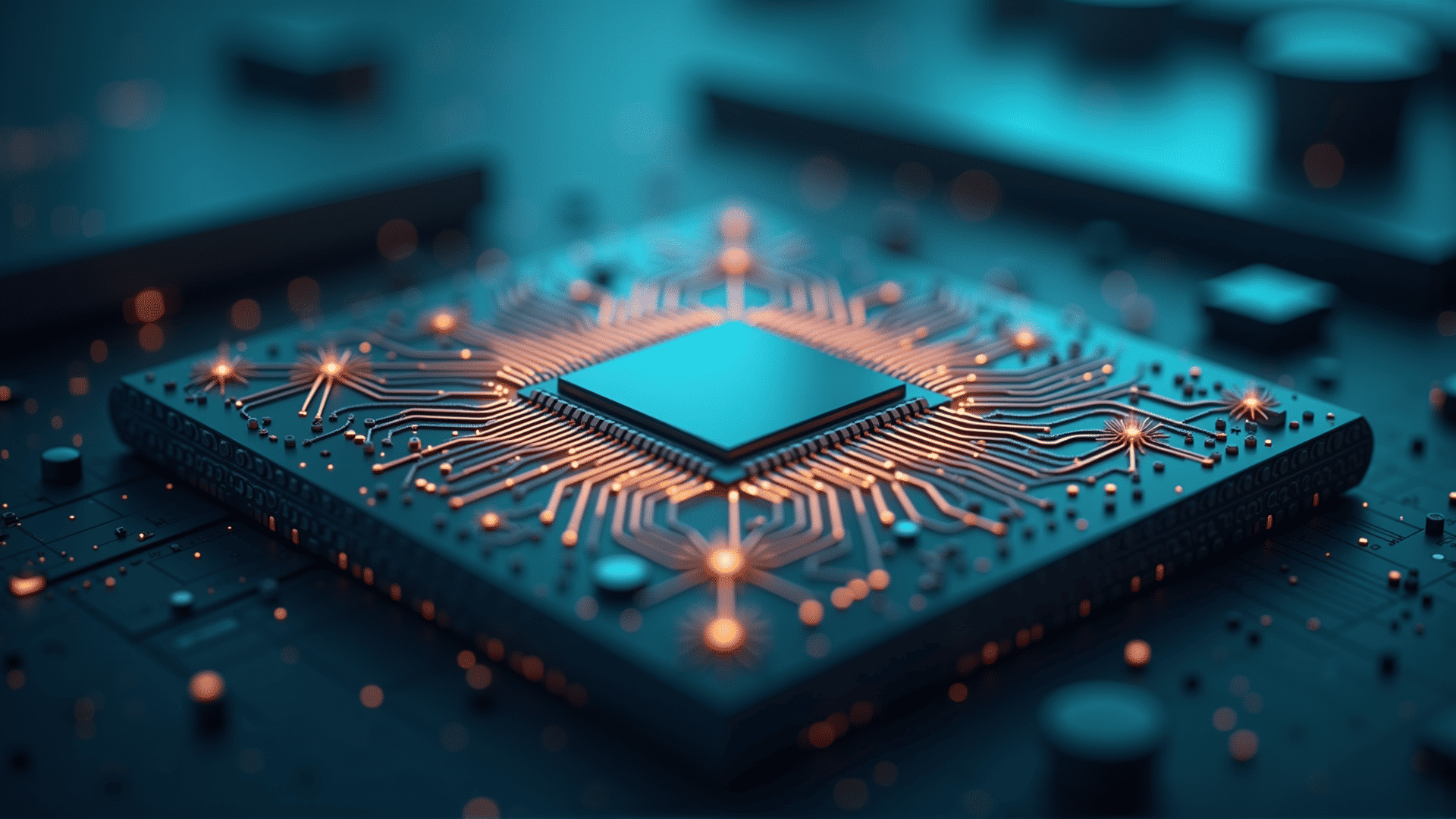In recent years, the field of electronics has witnessed a paradigm shift owing to the revolutionary integration of nano-sized semiconductors. These tiny yet powerful components are ushering in an era of enhanced performance and efficiency, proving to be a game-changer in the electronics industry.
Semiconductors have been the cornerstone of electronic devices, but as the demand for smaller, faster, and more efficient devices increases, traditional semiconductors face limitations in further miniaturization. This is where nano-sized semiconductors come into play, enabling engineers to pack more functionality into increasingly smaller spaces.
One of the key advancements with nano electronics is the development of transistors at the nanometer scale. These nanoscale transistors, often no larger than a few atoms in width, significantly improve the processing power of chips. This means that devices can handle more complex computations without the need for larger, bulkier components. As a result, we see a trend towards sleek, compact devices with robust capabilities, from smartphones to wearable tech.
Besides size, another significant benefit of nano-sized semiconductors is their efficiency. With reduced power consumption, they contribute to longer battery life in electronic devices. This is crucial for mobile technology, where battery longevity directly impacts user experience. Additionally, these efficient semiconductors can lead to reduced heat generation, enhancing device reliability and lifespan while allowing for continuous operation without the risk of overheating.
Moreover, the adoption of nano electronics is paving the way for the proliferation of the Internet of Things (IoT). With billions of devices online, the demand for semiconductors that can handle substantial data while maintaining connectivity is paramount. Nano-sized semiconductors are integral to achieving this, offering the requisite power and efficiency to support a myriad of IoT devices, from smart home appliances to industrial sensors.
The impact of nano electronics extends beyond consumer electronics and IoT. In the medical field, nano-sized semiconductors hold promise for significant breakthroughs. They are central to the development of advanced diagnostic tools and treatment devices, potentially enabling non-invasive procedures and real-time health monitoring. This could reshape healthcare, making it more personalized and less intrusive.
Despite these advancements, the transition to nano electronics is not without challenges. Manufacturing at the nanoscale requires cutting-edge fabrication techniques and materials that are still under research and development. Additionally, there are concerns about the physical limitations at the atomic level, such as quantum effects that might affect the reliability and consistency of nano devices.
Nonetheless, the potential benefits far outweigh these challenges, with ongoing research promising continued innovation in nano electronics. This innovation is driven by collaborations between industry giants and academic institutions, fostering breakthroughs in materials science, design, and characterization processes. The collaborative efforts aim not only to overcome current limitations but also to open new frontiers in electronics.
As we continue to make strides in the realm of electronics, nano-sized semiconductors stand at the forefront of technological advancement. They represent the amalgamation of scientific discovery and practical application, heralding an era where our everyday electronics become faster, smarter, and more sustainable. With each passing day, the vision of a completely connected, efficiently running world becomes less of a futuristic dream and more of an achievable reality.
